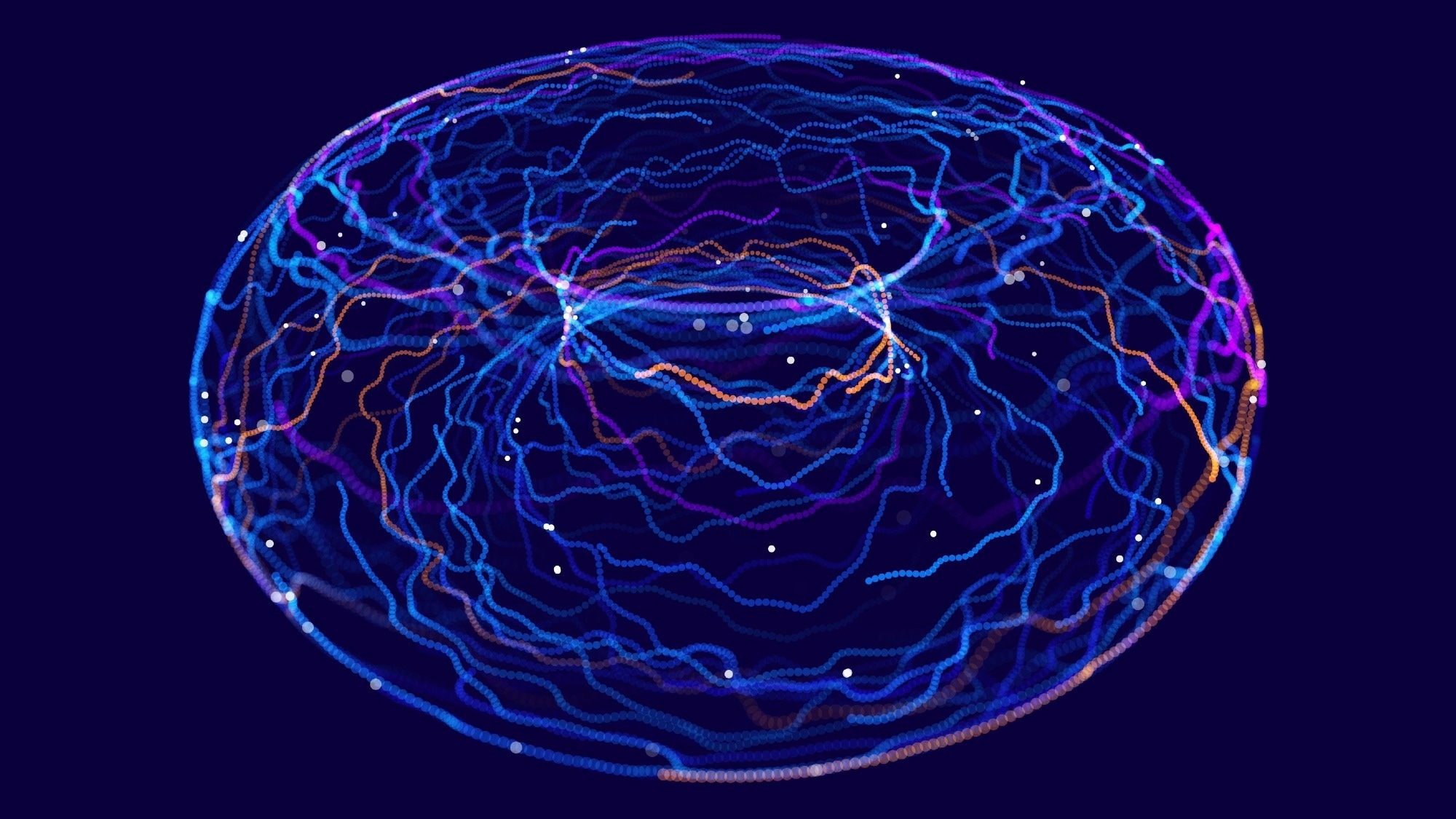In a recent review article published in the journal Light: Science & Applications, researchers have emphasized the pivotal role of optical methods in manipulating and sorting microscopic and nanoscopic particles over the past few decades. Harnessing light’s ability to exert forces at extremely small scales, optical sorting techniques stand out for their precision, versatility, and non-invasive operation. The authors also note the rapid progress in optical technologies that continues to expand the scope and impact of these methods.

Image Credit: SkillUp/Shutterstock.com
Background
The core principles of optical manipulation stem from how electromagnetic fields interact with matter. Optical forces, mainly resulting from the transfer of momentum by light, enable the trapping, guiding, and sorting of particles. These forces include gradient forces, scattering forces, and absorption-induced forces, all of which can be finely tuned by adjusting characteristics of the incident light, such as its wavelength, polarization, phase, and intensity distribution.
Early optical trapping techniques primarily used Gaussian laser beams. However, recent developments have introduced more complex beam profiles, like vortex beams, Bessel beams, and other forms of structured light, offering more precise and versatile control over particle motion. Additionally, combining optical systems with nanostructured surfaces, including metasurfaces and plasmonic devices, has unlocked new ways to enhance localized electromagnetic fields. This integration allows for even greater accuracy in manipulating and steering particles at the micro- and nanoscale.
Studies Highlighted in the Review
This review covers a wide range of recent studies centered on optical sorting, with particular emphasis on how advanced optical designs and configurations enhance both selectivity and efficiency. A key area of focus is the use of structured light fields produced by metasurfaces and plasmonic nanostructures. These engineered surfaces create topologically complex optical landscapes that act as potential energy wells or barriers, selectively trapping or repelling particles based on their scattering and absorption properties.
Several studies highlight the development of optical conveyor belts and lattices capable of transporting multiple particles at once. Sorting is achieved by leveraging subtle differences in optical responses, such as variations in particle size, shape, or material composition, allowing for highly targeted manipulation within dynamic optical environments.
Other highlighted works involve the use of Fano resonances and bound states in the continuum engineered in nanostructures to produce highly selective optical forces. Such resonances can induce negative or highly directional forces, enabling differentiation between particles with small optical property variations. The application of vortex beams and orbital angular momentum (OAM) modes also features prominently, allowing particles to be sorted by their rotational or chiral features. The review details how complex beam shaping, such as the creation of holo-structures, polarization-dependent fields, and holographic interference patterns, has significantly enhanced selectivity and throughput.
Furthermore, the review emphasizes the integration of real-time feedback and adaptive optics, which introduce an element of intelligence into optical sorting platforms. These systems employ machine learning algorithms to dynamically adjust laser parameters, optimizing sorting performance based on feedback signals. Such approaches facilitate high-precision discrimination even within complex biological samples or heterogeneous mixtures.
Discussion
The discussion centers on the emerging opportunities and remaining challenges associated with optical sorting technology. The authors note that advanced optical designs, particularly those leveraging metasurfaces and plasmonic nanostructures, have revolutionized the field by enabling nanoscale control of electromagnetic fields. Such control allows for precise manipulation of particles with varying optical properties, even at high speeds and within complex environments. These developments open possibilities for highly selective sorting in biomedical applications, such as isolating rare circulating tumor cells or differentiating cell types based on subtle optical signatures.
Despite these promising advancements, the review also highlights ongoing challenges, in particular the risk of heating effects from intense light fields. Such thermal buildup can damage sensitive biological samples or unintentionally alter particle properties. Mitigating these effects calls for advanced thermal management approaches, such as incorporating nanostructures that enhance heat dissipation or using pulsed laser schemes to reduce continuous energy input.
The authors also emphasize the growing importance of integrating optical sorting systems with real-time data analytics, especially machine learning. These tools can significantly boost the adaptability and robustness of sorting processes, enabling smarter, more responsive manipulation in complex or dynamic environments.
Another pivotal aspect discussed is the integration of optical sorting with emerging technologies such as AI-driven image recognition and spectral analysis. The combination enhances the ability to identify particles based on their optical fingerprints, such as spectral signatures or polarization-dependent responses.
Conclusion
The review concludes by underscoring the growing potential of optical sorting as a precise, non-invasive, and highly adaptable tool across a range of scientific fields. Ongoing innovations in beam shaping, nanostructure design, and system integration have significantly expanded the ability to manipulate particles at the nanoscale with remarkable control.
Looking ahead, key research directions include the development of ultrafast, real-time adaptive systems powered by AI and machine learning for autonomous operation. There's also a strong focus on refining nanostructured devices to better manage heating effects. The authors suggest that integrating optical sorting with complementary techniques, such as spectroscopy and acoustics, could lead to advanced, high-throughput platforms capable of sorting complex, heterogeneous samples with exceptional specificity.
Journal Reference
Yang M., Shi Y., et al. (2025). Optical sorting: past, present and future. Light: Science & Applications 14, 103. DOI: 10.1038/s41377-024-01734-5, https://www.nature.com/articles/s41377-024-01734-5